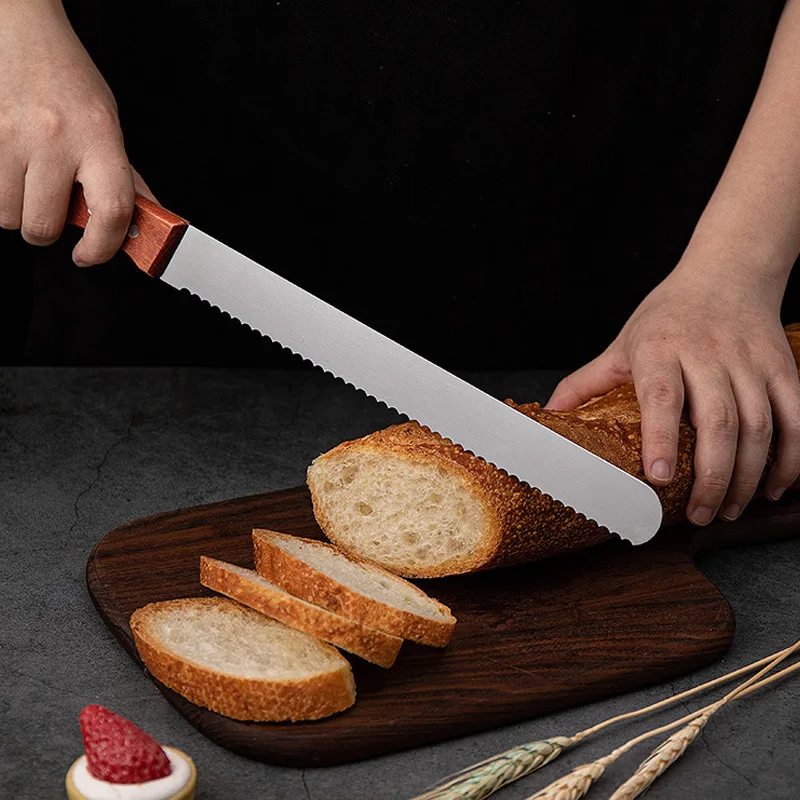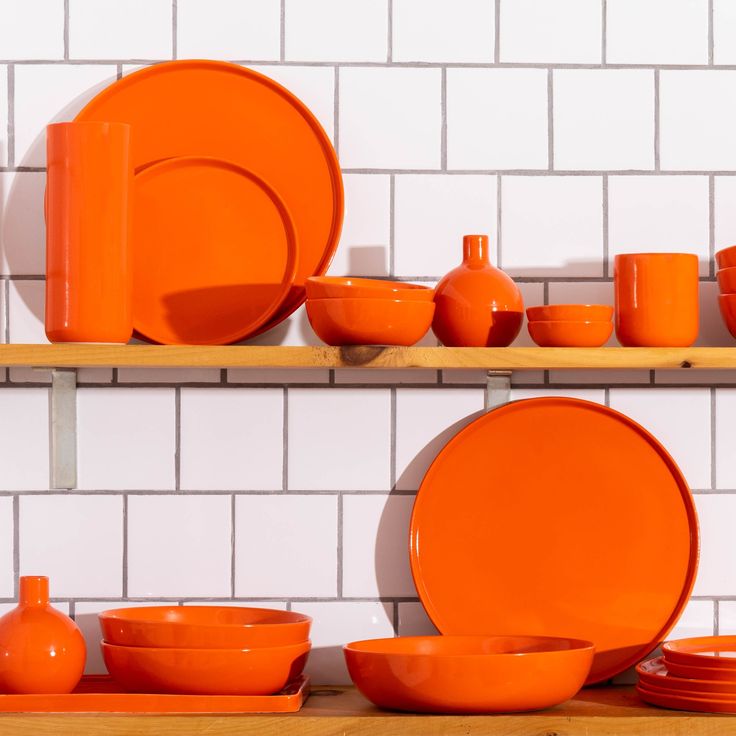Introduction to Serrated Kitchen Knives
Serrated kitchen knife is a game-changer in any cook’s arsenal. With their unique tooth-like edges, they tackle tasks that straight-edged knives struggle with. Unlike straight blades, serrated knives cut with a sawing motion. This motion requires less force, making slicing through crusty breads and soft fruits effortless. Essentials like bread knives, tomato knives, and sausage knives fall under this category. But there’s more to these knives than meets the eye.
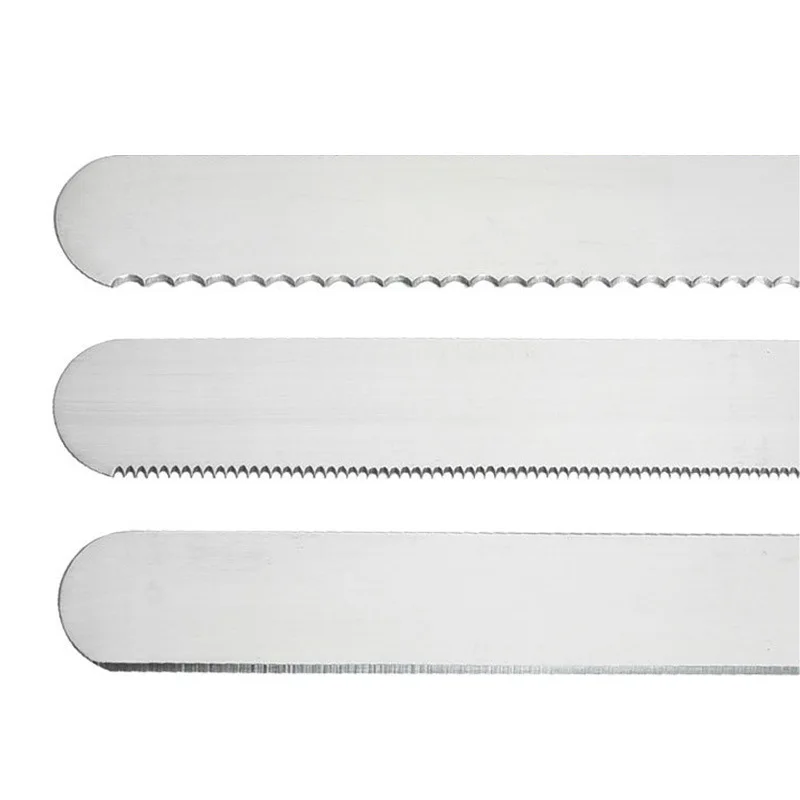
Their construction is thoughtful. Each serration works to pierce tough exteriors while protecting the delicate insides from being squashed. This design preserves the integrity of your food’s texture and appearance. A serrated knife’s ability to grip and saw through foods with varying textures is unmatched. The teeth catch on to the surface, reducing slippage and potential accidents. It’s these very features that make serrated knives indispensable, especially for specific tasks.
Investing in a good serrated kitchen knife isn’t just a purchase; it’s a step in elevating your culinary mastery. In the following sections, we explore the essential types of serrated knives, our top picks, and the science behind their design. We’ll also share recommended uses, care, and maintenance tips, making serrated knives an essential tool in your kitchen for years to come.
Essential Types of Serrated Knives
When selecting serrated knives, there are several key types to consider. Each has features suited for specific tasks in the kitchen.
Bread Knives
Bread knives typically have long, sturdy blades with sharp, serrated edges. They excel at cutting through crusty bread loaves without crushing the soft interior. The serrations grip the bread’s crust, allowing for clean, precise slices. Investing in a high-quality bread knife can transform your bread cutting experience.
Tomato Knives
Tomato knives are smaller than bread knives with serrations perfect for piercing tomato skins. They cut through without squashing the fruit, yielding even slices. Tomato knives often feature forked tips for easy serving after slicing.
Sausage Knives
Sausage knives have serrated edges that are ideal for cutting through tougher sausage casings. The serrations ensure a clean cut without tearing the meat, preserving the sausage’s texture and appearance.
Specialized Serrated Knives
Beyond the basics, there are specialized serrated knives designed for particular tasks. These include cake knives for slicing layers without causing crumbs, and cheese knives with serrations that prevent sticking. These specialized tools enhance precision and ease for specific foods.
Selecting the right serrated knife depends on your culinary needs. Whether it’s cutting crusty bread, slicing ripe tomatoes, or serving cheese, there’s a serrated knife designed for the task.
Top Picks for Serrated Kitchen Knives
For those who love to bake or enjoy fresh bread, a serrated knife is a must-have. This section highlights our top picks for every budget, ensuring you have the best tools to slice with precision and ease.
High-Quality Bread Knives for Home Cooks
For home cooks who appreciate artisan breads, a high-quality bread knife is essential. Our top recommendation is the Mac Professional Series 10?-inch Bread/Roast Slicer. Its longer blade and sharp, scalloped edge make slicing large loaves a breeze, while its curved blade offers precision for tough crusts. Despite its higher price, its performance justifies the investment.
Versatile Serrated Chef?s Knives
Beyond bread, a versatile serrated chef’s knife can handle various tasks. It pairs the utility of a chef’s knife with the cutting prowess of serrations. The Victorinox Fibrox Pro Serrated Chef’s Knife stands out with its ergonomic handle and sturdy blade, making it great for bread, fruits, and even meats.
Affordable Options for Everyday Use
If you’re on a budget, the Dexter Russell Basics Scalloped Slicer offers great value. It has a functional design that doesn’t compromise on cutting ability, making it suitable for daily use. Its lower cost comes with slightly less heft, but its performance remains impressive for its price point.
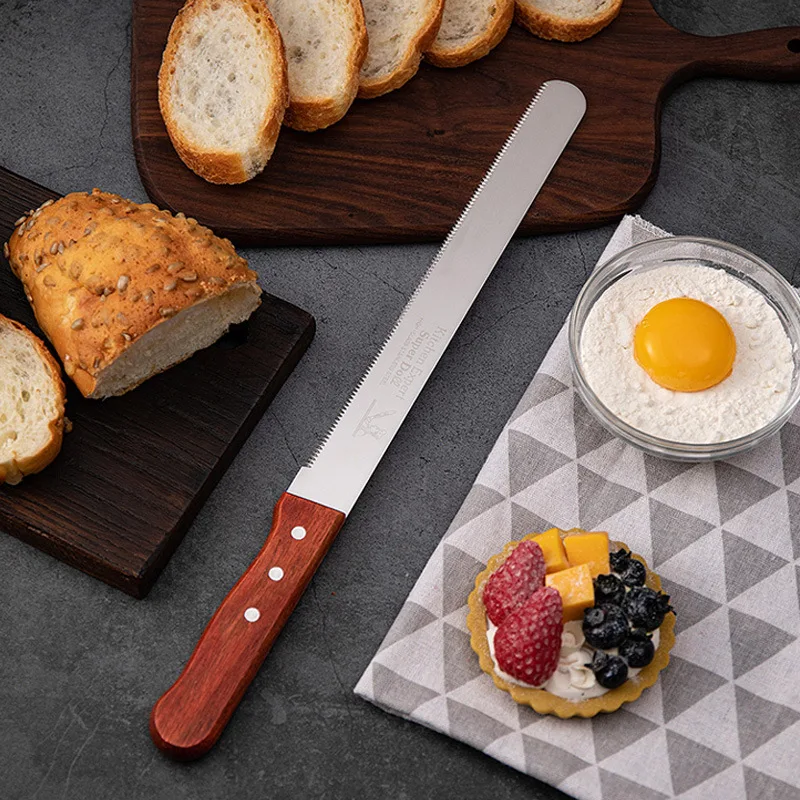
The Science Behind Serration: How Serrated Knives Work
Serrated knives are unique in the way their design allows them to cut. The saw-like pattern of the blade’s edge is what sets these knives apart. This pattern includes a series of sharp points and scallops, or ‘teeth,’ that enables the knife to grip and penetrate tough surfaces more effectively than a straight-edged blade. When you apply a gentle sawing motion, these teeth work together to slice through food cleanly and efficiently. Unlike a straight blade which can slip and squash soft foods, the serrations break through crusts and skins with precise ease. This minimizes damage to the food’s delicate interior ensuring that the texture and appearance are preserved. Each tooth acts like a miniature knife, making multiple cuts at the same time as you draw the blade back and forth. This distributes cutting force across the blade, requiring less pressure and providing control. Serrated knives excel at maintaining their edge longer too, because only the tips of the teeth come into contact with the cutting board, reducing wear. This makes serrated knives an excellent investment for those who value durability and functionality in their kitchen tools.
Recommended Ways to Use Serrated Knives
Serrated knives boast a range of uses in the kitchen. From slicing crusty loaves of bread to handling delicate fruits, their unique design makes certain cutting tasks easier and safer. Here are some of the recommended ways to utilize these versatile knives effectively.
Slicing Breads and Baked Goods
This is where serrated knives truly shine. Use them for cutting through tough bread crusts without flattening the soft insides. They are perfect for slicing all types of bread, whether it’s a fluffy brioche or a dense sourdough. For cakes and other baked goods, they create clean slices without leaving a trail of crumbs. A serrated knife ensures that each piece looks as good as it tastes.
Cutting Delicate Fruits and Vegetables
For fruits and vegetables with a tough skin and softer inside, like tomatoes or bell peppers, serrated knives are ideal. They pierce the skin easily and cut through without pressure that can bruise or crush. Use them to chop fruits for a summer salad or slice tomatoes for a sandwich without losing any juices.
Versatile Uses in Professional Kitchens
In professional settings, serrated knives are go-to tools for more than just bread and tomatoes. These knives are great for portioning sandwiches quickly, slicing citrus for beverages, or even trimming cakes before decorating. Professionals value serrated knives for their precision and versatility across a range of tasks.
Care and Maintenance of Serrated Knives
To keep your serrated kitchen knife in top condition, proper care is crucial. Proper cleaning and sharpening will ensure your knife performs well and lasts longer.
Proper Cleaning Techniques
After using your serrated knife, wash it by hand with mild soap and warm water. Avoid dishwashers as they can dull the blade. Dry the knife immediately to prevent rust. Store it in a knife block or on a magnetic strip to keep the edge sharp.
Clean your knife after cutting acidic foods like tomatoes to maintain the blade. Do not use abrasive cleaners or scrubbers on your serrated knife.
Sharpening Serrated Knives
Sharpening a serrated knife is different from a straight edge. You need a ceramic honing rod or a serrated knife sharpener. Sharpen each serration individually. Be gentle and follow the angle of the serrations to avoid damage.
A professional sharpener can also help maintain your serrated knife. Some knives require less frequent sharpening than others. Consider the manufacturer’s instructions for the best care for your specific knife.
By following these care and maintenance tips, your serrated knife will provide precise cuts for years. Invest time in proper care and your serrated knife will remain a reliable tool in your kitchen.
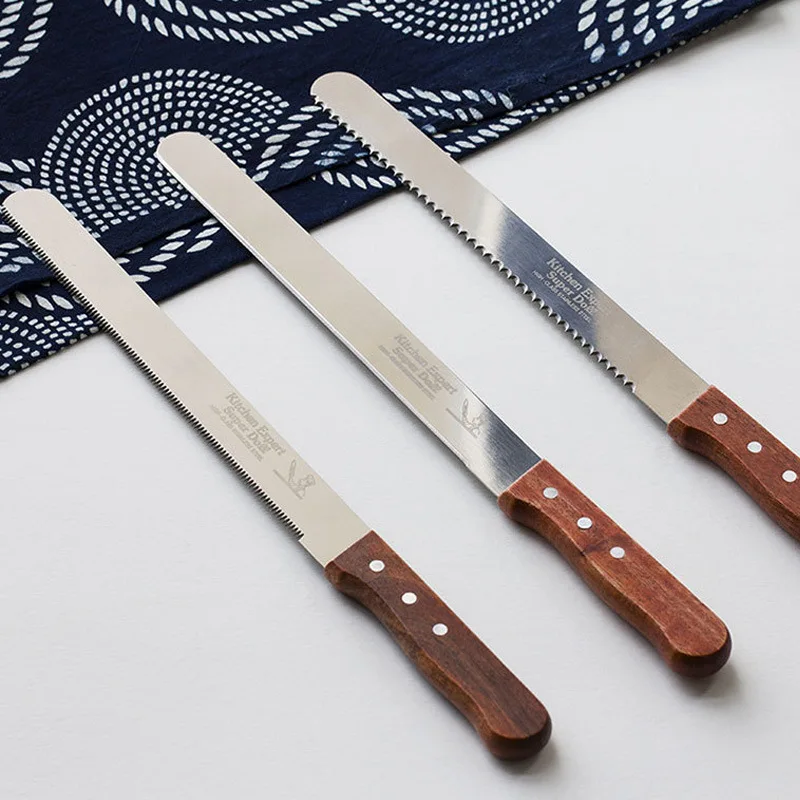
Conclusion: The Benefits of Having Serrated Knives in Your Collection
Serrated knives offer unique advantages in the kitchen. They handle tasks that challenge straight-edged blades. These knives excel at slicing breads, fruits, and veggies. They make smooth cuts while protecting food’s texture. They cut easily through hard crusts and soft interiors. Serrated knives are durable; they stay sharp longer.
With a serrated kitchen knife, cooking becomes simpler. Tasks like cutting tomatoes and breads are easy. You enjoy precise, clean cuts every time. A serrated knife is a worthy addition to any kitchen. It’s ideal for home cooks and professionals alike.
Remember, proper care extends your knife’s life. Hand wash and dry your knife after use. Sharpen as needed with the right tools. With this care, serrated knives remain effective and reliable.
In summary, serrated knives are a smart investment. They improve safety and efficiency in slicing tasks. They’re versatile, long-lasting, and dependable. Consider adding a serrated knife or two to your collection. You’ll notice the difference in your culinary endeavors.
